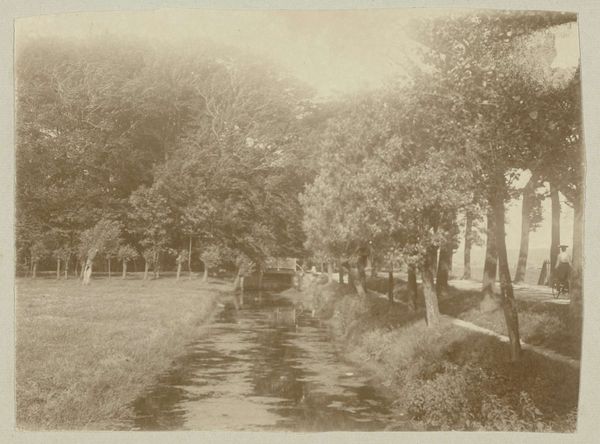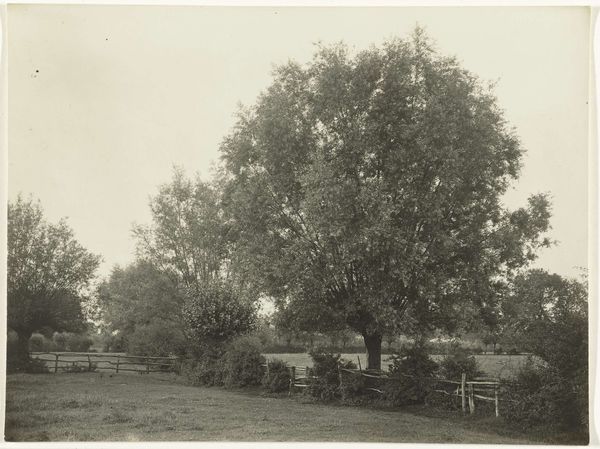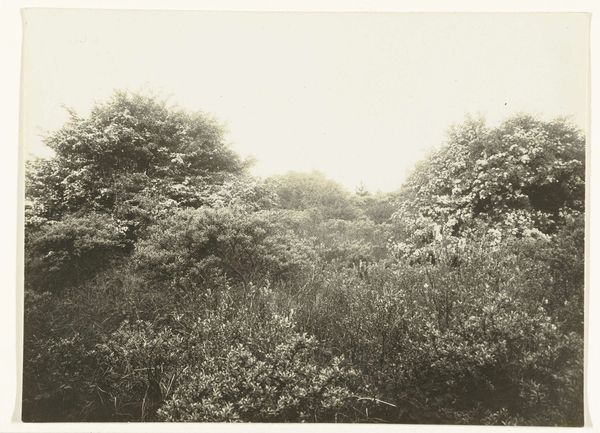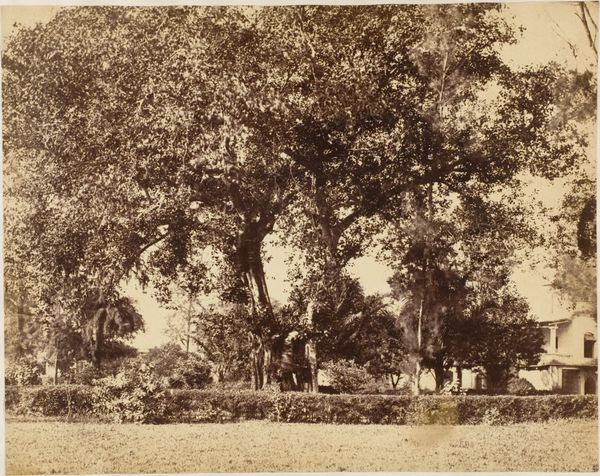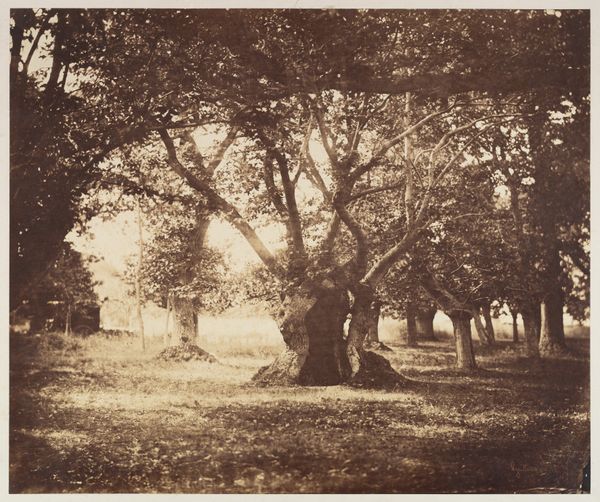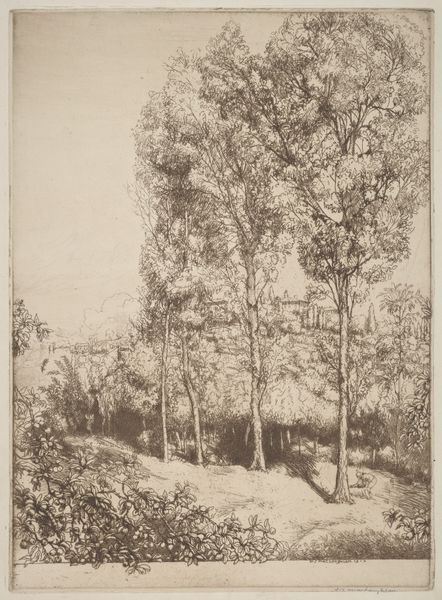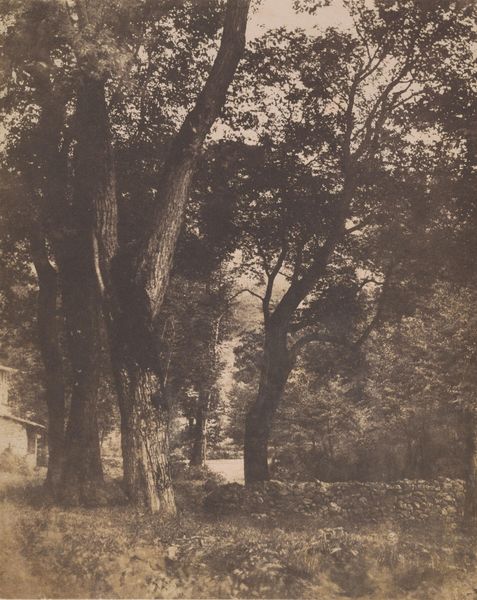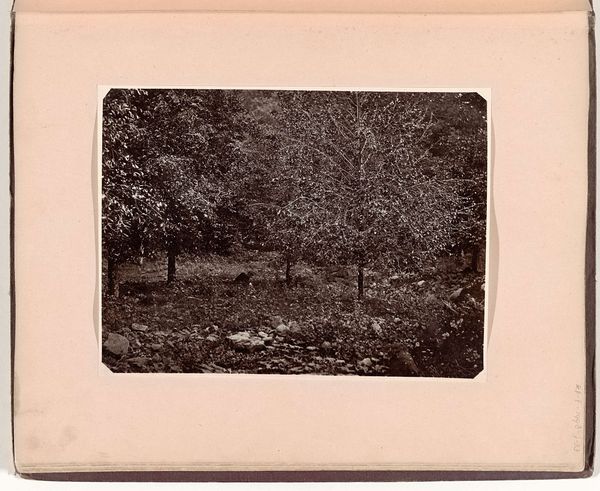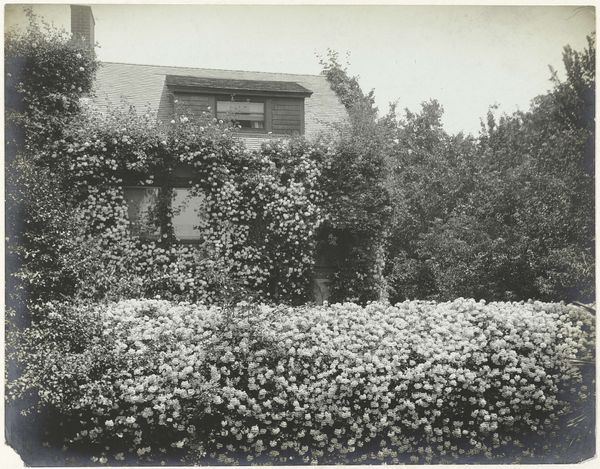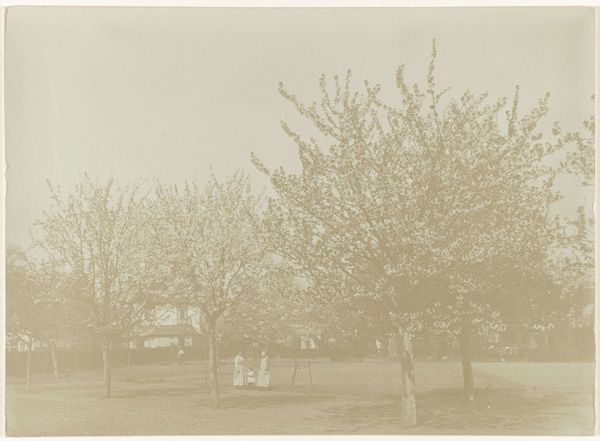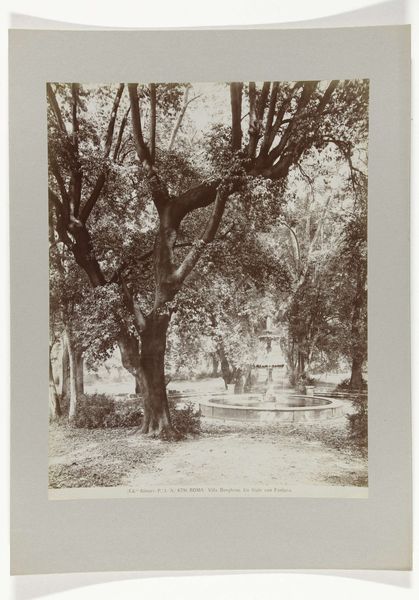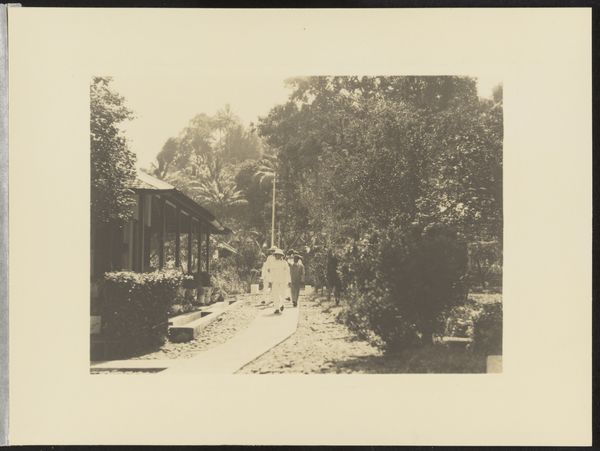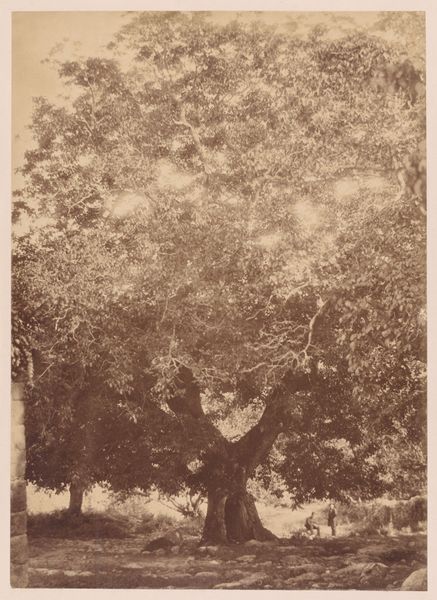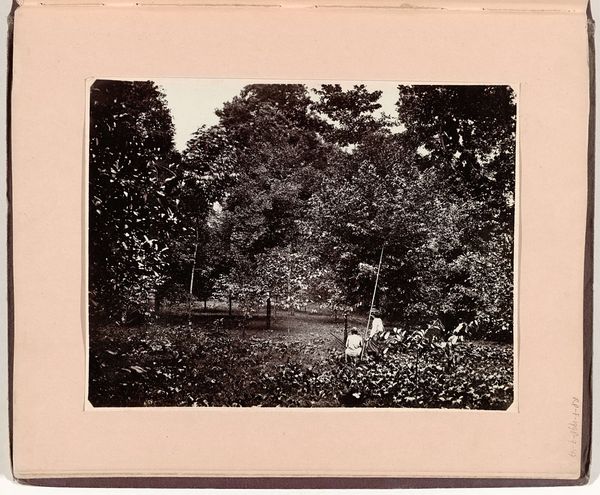
#
rippled sketch texture
#
naturalistic pattern
#
pen sketch
#
pencil sketch
#
old engraving style
#
pen-ink sketch
#
botanical drawing
#
pen work
#
botanical art
#
intricate and detailed
Dimensions: height 167 mm, width 224 mm
Copyright: Rijks Museum: Open Domain
Curator: Richard Tepe created this captivating work, "Appelboom in bloei," sometime between 1900 and 1930. It resides here at the Rijksmuseum. Editor: It's strikingly delicate, almost ethereal. The sheer density of blossoms, the layering…it feels incredibly immersive, despite being a black and white photograph. What was the material process here? Curator: Tepe used photography as a tool of documentation, yes, but also, I believe, artistic exploration. As a medium, it’s all about the alchemic nature of the silver gelatin printing process. You must remember the historical context of photography; this technique offered reproducible images, cheaper than engravings for distribution to middle class society. Editor: I see the democratization angle there, especially as horticultural societies were growing at the time. How do we view this photograph through the lens of image circulation and social influence during the period? Curator: Photography's rise certainly paralleled the rise of the horticultural societies that commissioned photographers for illustrations. His close association with botanical movements places his subject, the blossoming apple tree, in its socio-economic perspective; the image would influence and provide material documentation for botanical organizations Editor: Absolutely, this reinforces a vision of agrarian order. The choice of the apple tree – so loaded with symbolic weight regarding knowledge, temptation and labor… the very conscious framing of a productive tree. I do appreciate how photography was the technology to spread these ideas visually! Curator: And notice how he doesn’t hide his process, but integrates the printing effects as part of his statement! How this technique offered the modern industrial gaze to analyze botany. What’s your final consideration about this photograph? Editor: I think looking closely at Tepe's work lets us reimagine the cultural and commercial dynamics around art and agriculture. Curator: Indeed. Seeing how something so seemingly simple engages in image-making within its era is crucial to how we think about photographic materials.
Comments
No comments
Be the first to comment and join the conversation on the ultimate creative platform.
